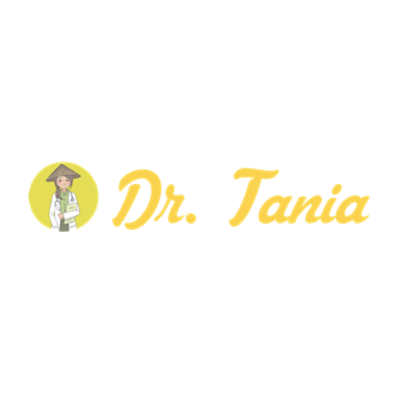NEURAFARM
【AEA 2018 Alumni】
Plant disease reduces the yield quality and quantity globally. Each year, 20% to 40% of total global crops production is lost because of pest and plant diseases in important crops such as maize, potato, and tomato. According to our survey, the majority of farmers diagnose plant diseases using their own assumption which makes it not accountable and not accurate enough. Technology solution could be the answer to the problem.
We develop Dr. Tania, a chatbot based mobile application that could help farmers to diagnose and manage plant diseases. The user could interact with Dr. Tania using daily language so the user can use the apps easily. The only thing a user needs to do is to take a picture of plant, upload it through Dr. Tania, and she/he will get quick plant disease diagnosis alongside recommended treatments and related products. Powered by Deep Learning, Dr. Tania presents a clear path towards smartphone-assisted crop disease diagnosis on a massive global scale. It could be integrated with satellite imagery, drone, IoT, e-Commerce, etc. Dr. Tania is projected will pass the turnover at the end of 2018 with ROI at 2019 reach 64%. It shows that this business is not just impactful, but also sustainable.

Nominated by
Coordinating Ministry for Economic Affairs (CMEA)


